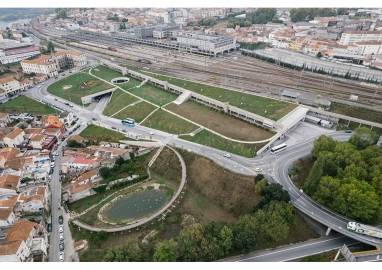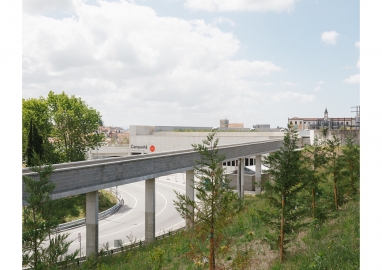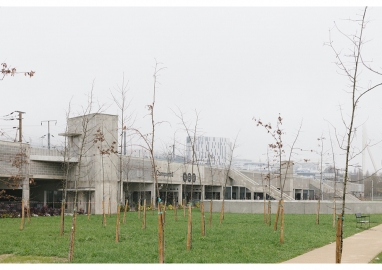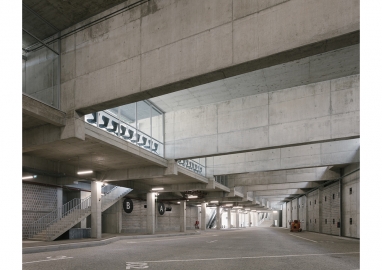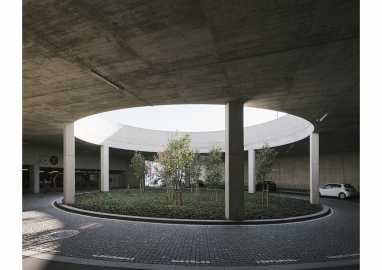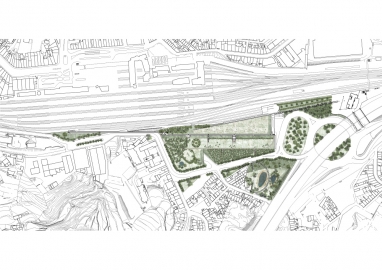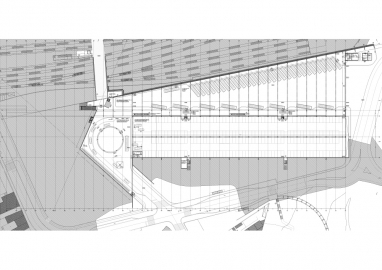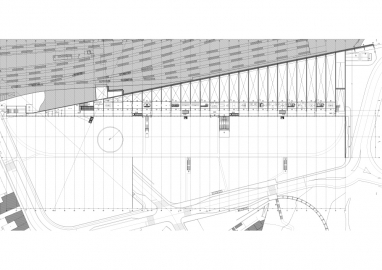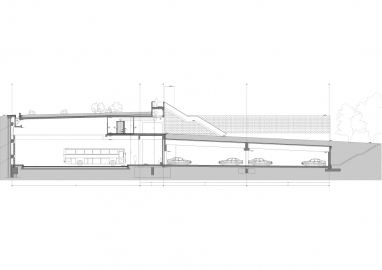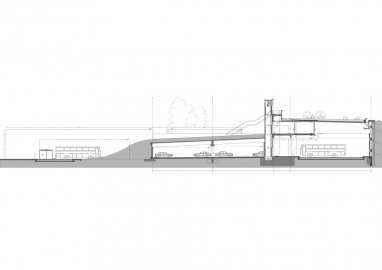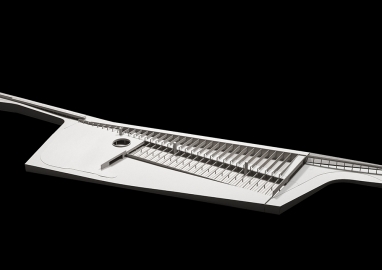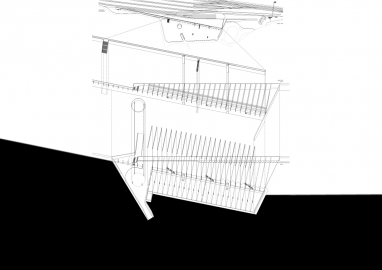Campanhã Intermodal Terminal
The concept is rooted in urban ecology and form sustainability. The park is the project’s ecological gesture that goes hand in hand with its topographic counterpart, and which settles, the urban planning and the built program construction for the Site. The Terminal is designed as a linear infrastructural device, which launches the place’s new physique.
The layout is simply two lines on the floor, at the edge of the buildable area, next to the railway line. These alignments establish a clear closure for the longitudinal development of the structure of the railway station and tackle the existing morphological anachrony. Its layout compromises the territory and assumes itself as a first step in the direction of bringing the scattered parts together. The first and longest line, in its longitudinality, introduces a subtle order that simultaneously imposes order and freedom of the pre-existences, dealing with all the fragile moments of the place in a single movement, uniting them.
In between the two lines, the bus terminal comes together:
A large triangular-shaped nave is formed, where buses and cars are collected under the construction at the city's "Eastern Gate", removing them from the urban centre, instead creating a green park.
The project is a territorial gesture that looks at the city in a broader context, using the detail of the programme and its complexity as a solution to establish the generic relationship of all the artificial and natural elements of the place and their articulated replacement in the urban map.
The programme distribution is based on the basic idea of Simplicity.
Given the functional complexity of the various components in so many levels (distributive, organic, mechanical and infrastructural), the proposal attempts to simplify the programme; it breaks it in a regulated and sequential plot, in Portico, extended over the layout area and summarized in a perceptible matrix in the structure and, consequently, in the architectural language.
All areas of mechanical movement and parking of vehicles are established at the lower level of the territory. At the level above, the small support programmes are distributed over the terminal area in a modular sequence, levelled with the Natural Park, which hides the physical presence of the complex in its surroundings. Allows its users to enjoy the park, the view over the station, the movement of the trains and the atmosphere of the valley.
The sustainability of the construction work resides only and simply in the rational use of its building components, reduced to their simple geometry and strict functional and infrastructural utility. Generally speaking, the building functions by natural ventilation, which sweeps through the large functional spaces. Its openings were calculated, and its design planned to achieve a proportion of balance, lighting with proper and healthy air circulation.
The built surface is a rationalized concrete open-skeleton, totally covered by organic, land roof finishing, made out of planted trees, bushes, grass and flowers.
On it, the installations are totally free standing, crossing in the building as it functionally needs and space is generous and wide fluid, for its perfect circulation, melting public pedestrian move, car, bus, metro and cycling.
The green landscape, heavily forested, that extends over the entire area of intervention (50 000 m2), over the built-up area and the permeable area, is an urban lung of relevant scale, that clears the pressure of pollution of the place, visually regenerates it and humanizes its use.

